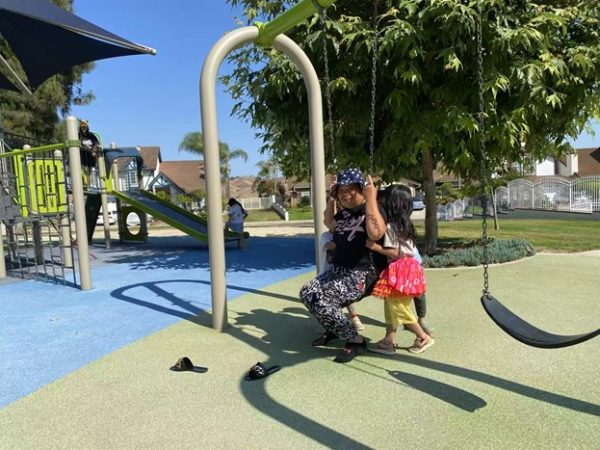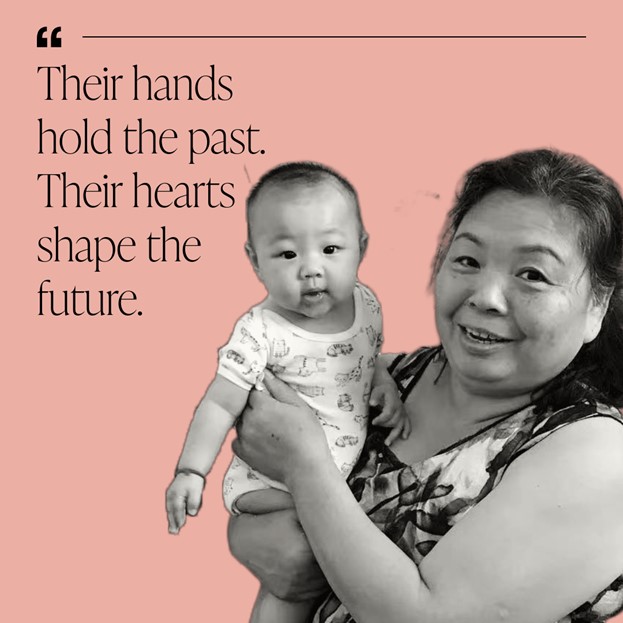The kitchen fills with the smell of warm tortillas as Maria Lopez gently flips one over a comal. By 6:30 a.m., she had already made breakfast and zipped up her grandson’s backpack. “Vamos, mi amor,” she says softly, walking 6-year-old Diego down the cracked sidewalks of East Los Angeles.
At 64, Lopez is raising children again, just when most people her age are thinking about retirement.
In many immigrant and working-class communities, grandmothers are stepping in as primary caregivers. Rising rent, demanding work schedules and immigration challenges make it nearly impossible for some parents to remain at home. Grandmothers provide stability, preserve culture and offer unconditional love, though their sacrifices often go unrecognized.
“I never thought I’d have to do this again,” Lopez said. “But when my daughter needed help, I didn’t think twice. I do it out of love, and because family is everything. This is what family does.”
According to the American Association of Retired Persons, more than 2.5 million grandparents in the United States are the primary caregivers for their grandchildren. In cities like Los Angeles, that number is likely higher, especially in immigrant households where intergenerational living is common. For many families, grandmothers are the glue that holds everything together.
Liang Liping, 70, lives in Monterey Park with her son, daughter-in-law and 5-year-old granddaughter. While her children work 12-hour shifts at a garment factory, she spends her days preparing Chinese meals, helping with homework and reading bedtime stories in Mandarin.
“My granddaughter speaks both Chinese and English now,” Liping said with a smile. “She knows our history. She knows where we come from.”

Grandmothers like Liping are becoming more common in classrooms and communities, especially in immigrant neighborhoods where extended families share responsibilities. Teachers and childcare professionals are increasingly aware of their impact on child development.
“Grandmothers bring so much warmth and patience to the classroom,” said Ms. Gonzalez, a pre-kindergarten teacher at a local public school. “But we also see gaps. Some kids miss their parents deeply, and sometimes the parenting approaches between generations clashes.”
Still, Gonzalez noted that children raised by grandparents often develop strong language skills, a deep sense of identity and emotional maturity.
While these caregiving arrangements provide stability, they also bring challenges. Many grandmothers, like Lopez, live on fixed incomes and deal with health concerns of their own. The emotional toll can also be heavy, especially when children long for absent parents.
“I’m tired sometimes, but I wouldn’t trade this for anything,” Lopez said. “I see the world through my grandson’s eyes. It keeps me going.”
Experts say grandparent caregiving has a lasting influence on emotional development. Strong bonds with grandparents can foster resilience and cultural connection, but prolonged separation from parents may lead to complex reunification later.
Despite the burdens, grandmothers like Lopez and Liping carry on. Their kitchens become classrooms. Their stories become family archives. And their love becomes the silent thread that weaves through the lives of the children they nurture.
As Gonzalez put it, “They may not be in the headlines, but grandmothers are absolutely shaping the future, one bedtime story at a time.”


